The art of sport
- 11/10/2015
SPORT IN ANCIENT ART
In the ideology of Ancient Greece, physical superiority and moral perfection are two inseparable foundations. This is why in sculpture, ancient statuary, on vases, mosaics or even wall frescoes, it is common to find a number of representations of athletes in action. The protruding muscles, the efficient movement, the gesture like a tool reminding us how necessary it is always to obtain a perfect harmony between body and soul. In this sense, Art has always sought to portray sport, even before the discipline was named that way. One of the most famous statues of Antiquity, attributed to the Athenian sculptor Myron and dated to the 5th century BC, represents an athlete throwing a disc. Named Le Discobole, this statue is geometrized, theoretical and presents us with a man with pure and ideal musculature.
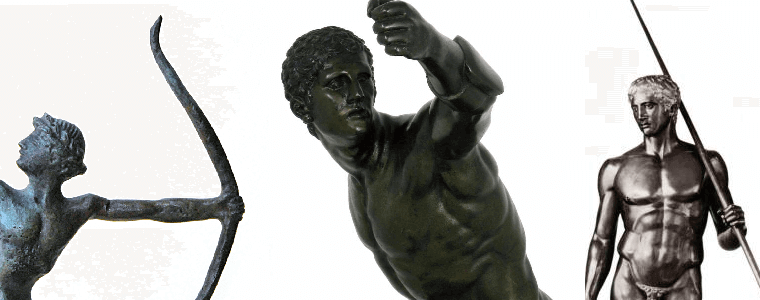
Although less famous, other "Olympic" sculptures by Myron royally fit into the values ??of the time when Art ignites the beauty of gestures and bodies. By contrast, the centuries that pass afterwards prove to be starving in terms of representations of sport. With the exception of a few paintings depicting games of palm which were very popular at the court of Louis XIV, the artistic concerns of the time revolved more around Christian morality and religion in general, lowering the body to a simple bestiality and opposing it the virtue of the spirit considered as closer to the divine.
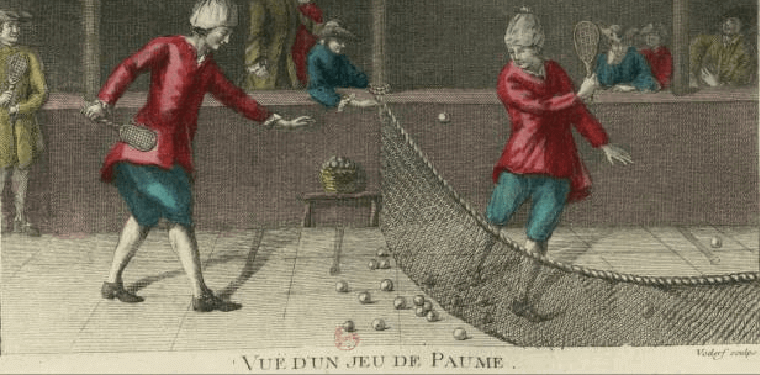
IMPRESSIONISM, MOVEMENT AND CHRONOPHOTOGRAPHY
While sport had almost disappeared from artistic radars, it was at the very end of the 19th century that Art became interested in it again. It is the celebration of the body in movement, the ode to physical effort and the advent of the new pleasure brought by outdoor activities that is represented. As noted by Jean-Marc Huitorel, art critic and author of the book La beauté du geste: l'Art contemporain et le sport (2005), "The advent of sport, in the strict sense of the term, and the emergence of artistic modernity in Western societies are rigorously contemporary ". While they turn their backs on "Official Art", the Impressionists take out their easels, their canvases and their brushes from the studio to open up to the world. They represent what they see and this echoes the hobbies of their contemporaries. The regattas of Claude Monet or Alfred Sisley, the horse races of Edouard Manet or Edgar Degas are just some of the examples.
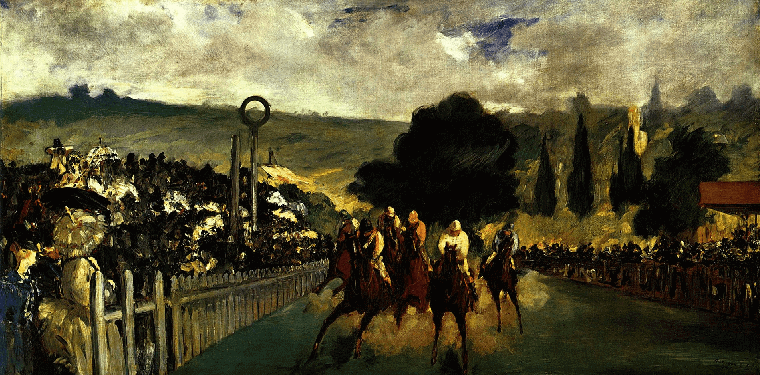
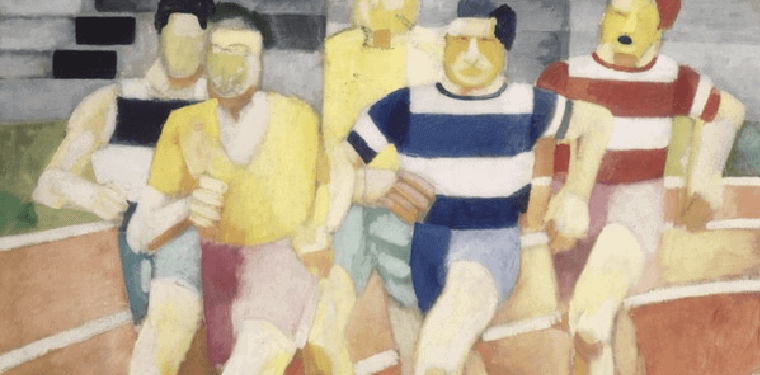
The doctor in the history of contemporary art, Pierre-Olivier Douphis, even justifies "If Delaunay is interested in sport, it is because he seeks to represent pictorially the energy and dynamism of the modern world". However, painting and sculpture are gradually giving way to a technical revolution which is reaching the end of its lens and which will definitively reverse the relationship between Art and sport: photography. Gradually, it is the cameras that will represent the aesthetics and movement of sport, chronophotography finding a place of choice. The innovators-inspired Etienne-Jules Marey and Georges Demenÿ being the first to break down the movement of a body into action when it runs, jumps or holds a foil. Attracted by the success of sports photographs, at the turn of the 1930s, the nascent dictatorships transformed it into a propaganda tool for fascism, Nazism or Stalinism. Symbolic of this movement, the German photographer Leni Riefensthal (1902-2003) extols in her photographs the advent of the athlete with martial force.
REPRESENTATION OF SPORT IN ART
Possible consequence of these drifts or simple evolution of artistic purposes which no longer seek to represent reality as it is, sport in Art is becoming increasingly rare in the second half of the 20th century. Despite everything, the paintings of Francis Bacon or the series by Nicolas de Staël on footballers and the Parc des Princes show that the interest has not died out. But this flamboyant series produced in 1952 by de Staël is already oriented towards a contemporary world where it is no longer the main subject that is targeted, here the France-Sweden match, but the aesthetic order. "I have chosen to deal seriously with moving matter," the artist explains.
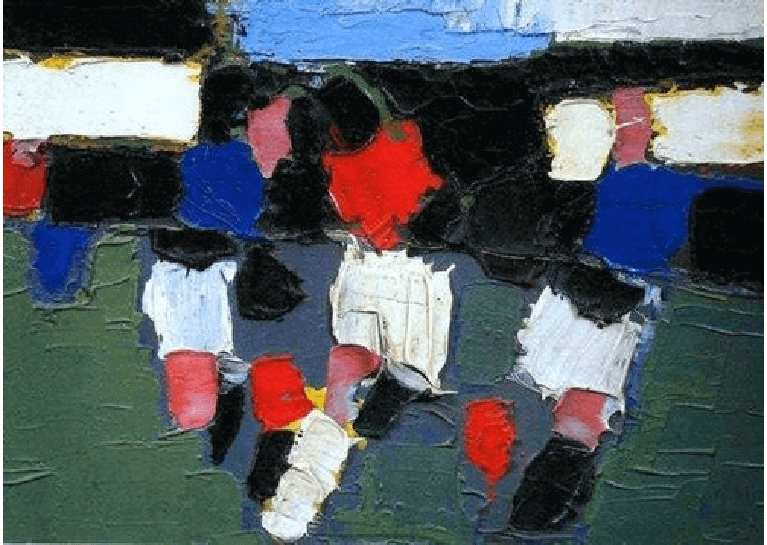
During the 1980s and even more so in the 1990s, the sport established itself eloquently in the Art. The result of a dual trend where sport came out of overflowing stadiums, in all areas of our daily life and, where Art once again turned to what it surrounded it. The contemporary representation of sport in Art no longer responds to the image of the body in action as before but favors a work based on objects linked to its practice. This is how balls, balls, jerseys, flags or trophies are diverted to constitute the very material of certain works. Reflecting in many respects our society, its excesses and its torments, sport allows artists to understand the world as it is, or is dysfunctional. This is how Laurent Perbos points out our taste for performance, Sophie Dalla Rosa makes fun of the cups brandished on the evenings of the finals or Chloé Ruchon invents the "Barbie-Foot". "Art considers sport in its double dimension of pleasure and alienation" argues Jean-Marc Huitorel.

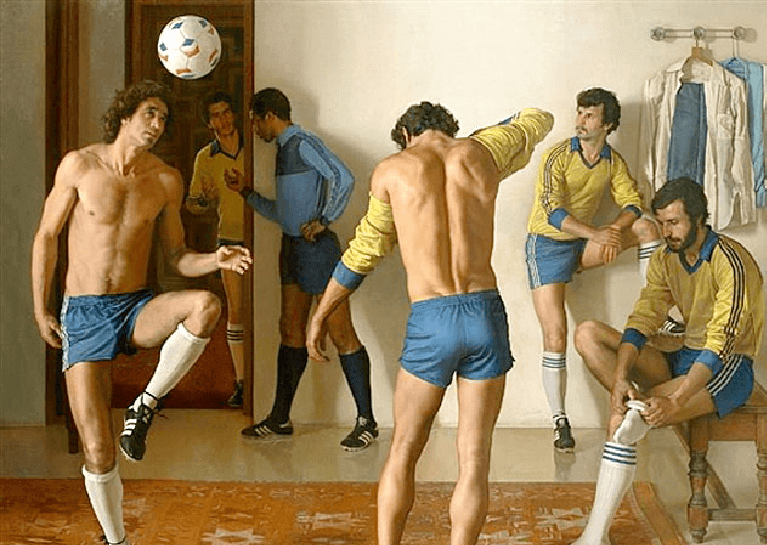
Despite everything, tortured and deformed, sport retains a certain nobility in the eyes of contemporary artists as in those of the Chilean painter Claudio Bravo (1936-2011) with his work "Before the game" (2003). Although their relationship has not always been fused, attached since Antiquity, Art and sport are inseparable.
THIERRY ZDZIEBLO, FROM SPORT TO ART
Passionate about sport, Thierry is embarking on a high-level career. He specializes in ultra marathons out of a taste for challenge and adventure. In 1995, he crossed part of the Western Sahara alone. This event marks him forever because the ordeal turns into an introspection and an artistic quest. Back in France, he decides to embark on creation. He began with woodcarving, which he quickly gave up to create figurative paintings. His close entourage encourages him to find his way in abstraction. His painting is situated in lyrical abstraction and his works are full of movement, ardor and color. They are invigorating and carried by a vitality which stimulates energies. He manages to absolve himself of all influence to let his intimate impulses express itself.















